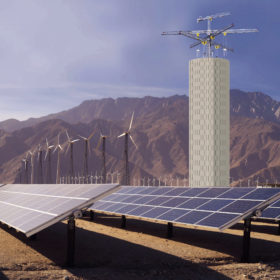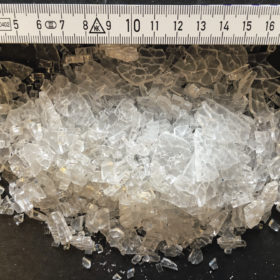Long-duration storage advances, but regulators need more time
Lithium-ion batteries can do a great job of load shifting to balance solar’s midday peak, while also providing other stability services to the grid. But when it comes to really balancing an energy system that’s led by intermittent renewables, energy storage for longer durations can give system operators a lot more to work with. pv magazine takes a look at some of the technologies promising to fill this gap.
One million solar charged batteries
What catapulted solar to massive growth 14 years ago was a move beyond the “techie” and “greenie” niche markets of the 1980s and 1990s and into the mainstream, driven by consumer demand for energy bill savings and reliability (think the Enron debacle in the United States). Storage now needs its own transformational program if it hopes to move beyond the “prepper” and “shaver” niche markets it occupies today.
pv magazine test
August’ results are in from the outdoor test lab in Xi’an, China.
Recycling needs material quotas
The EU Directive on Waste Electrical and Electronic Equipment remains the primary legislation setting the requirements for the recycling of photovoltaic panels in Europe. pv magazine examines whether the policy is in need of a drastic update, and what it can be done to improve the sustainability of the PV sector through recycling.
Final thought: Beyond inauguration
Cameron Bard, national co-chair of Clean Energy for Biden and senior director of developer DSD Renewables
The locusts are coming
In the second quarter of 2020, pv magazine is turning its attention to the pertinent topic of green finance. The aim is to understand what is meant by the term, how to identify greenwashing, what you can do to get “green bond ready”, and where future investment opportunities lie.
Testing reveals what matters in batteries
An independent testing program for battery systems has revealed what failures can occur, and the key factors that underpin reliable battery operation and supply. Canberra-based ITP Renewables is carrying out the testing program and reports on its first two phases.
New fuels, new powers
The energy transition will change the geopolitical landscape, which has hitherto observed closely who controls the production and trade of hydrocarbons. The current ambition to find alternative sources of power has given impetus to a growing academic community to determine the probable geopolitical outcome of the energy transition. Renewables do not mutually share most of the unique features of fossil fuels, which translate into power political effects. So how should we understand the world of tomorrow?
Pushing sustainability in PV
Recent European policy initiatives appear to be sharpening the focus on sustainability across the economy and also within PV. Michele Vannini, the PV business manager at Italian backsheet supplier Coveme says that the initial signs are good that things are moving in the right direction, and that backsheets will undoubtedly play a key role in the evolution of PV module sustainability.
‘Sustainability without compromise’
With such small volumes of products at end of life, it is little wonder that recycling materials from PV modules for new PV modules is far from central on the solar industry’s agenda. But according to Steven Davies, a market manager for DuPont Teijin Films, recycled PET can be incorporated into backsheets – giving them a pretty handy 25-year second life.









